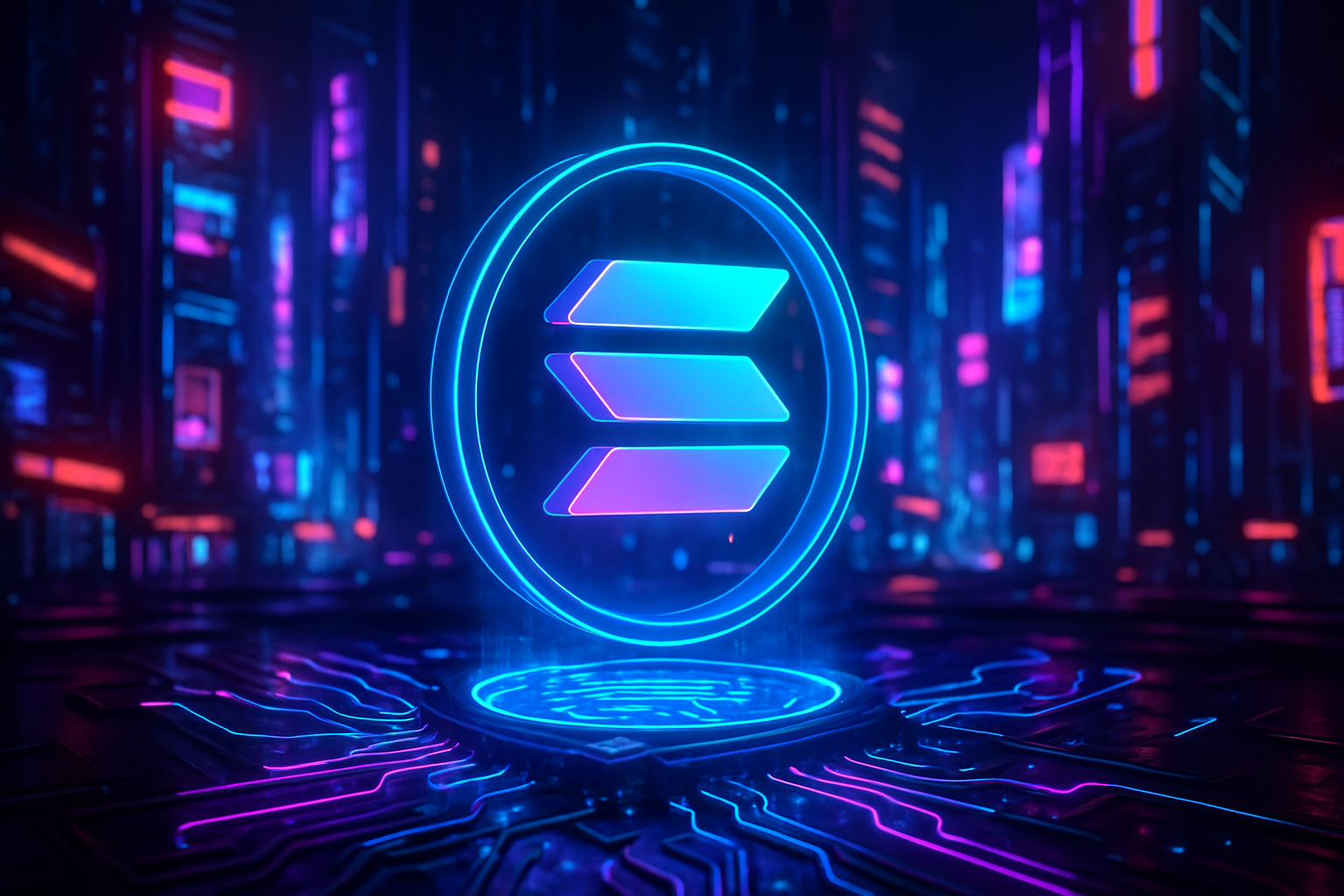
As of September 2025, Solana has firmly established itself as the leading blockchain for Decentralized Physical Infrastructure Networks (DePIN), outpacing rivals in both technical performance and market adoption. With Binance-Peg SOL (SOL) trading at $240.56, Solana’s thriving DePIN ecosystem is a testament to the network’s scalability, developer engagement, and real-world utility. The convergence of on-chain AI agents and physical infrastructure projects has propelled Solana to the forefront of Web3 innovation, with its DePIN sector posting record-breaking revenue and user growth throughout 2025.
Solana’s Unique Technical Edge: Powering the DePIN Surge
Solana’s meteoric rise in DePIN adoption is underpinned by three core advantages: high throughput, ultra-low fees, and a vibrant developer community. Recent benchmarks show Solana processing over 2,300 transactions per second in real-world conditions, a figure that dwarfs most competing blockchains. Theoretically capable of up to 50,000 TPS, Solana delivers the speed needed for real-time interactions between devices, users, and decentralized services, an essential requirement for DePIN use cases such as wireless networks, mapping platforms, and distributed computing.
Transaction fees on Solana remain among the lowest in the industry at just $0.00025 per transaction. This cost-efficiency is critical for DePIN operators who must handle microtransactions at massive scale without eroding margins or passing costs onto users. As a result, projects can deploy infrastructure solutions that are both robust and economically sustainable.
The final pillar of Solana’s dominance is its robust developer ecosystem. A steady influx of talent has led to rapid innovation cycles and a proliferation of new protocols tailored specifically for decentralized infrastructure. According to recent reports from Messari and DePIN Scan, Solana now hosts approximately 78 active DePIN projects, spanning sectors from wireless connectivity to decentralized storage.
Market Performance: Revenue Records and Explosive Growth
The numbers behind Solana’s DePIN sector tell a compelling story of adoption and product-market fit. By April 2025, total market capitalization for DePIN projects on Solana hit approximately $3.25 billion, with on-chain revenues reaching an impressive $5.98 million. Monthly revenue milestones continue to be shattered: June 2025 saw collective earnings of $716,000, while April marked a 33% year-over-year surge with $458,000 in monthly income (source).
This financial momentum is not only evidence of growing user demand but also signals strong investor confidence in Solana-based infrastructure initiatives. The sector’s full diluted value (FDV) now ranks among the largest across all blockchains, a clear indicator that capital is flowing into projects solving tangible problems via decentralized models.
Pioneering Projects: Helium, Render Network and More Drive Adoption
The migration of flagship projects like Helium and Render Network from other chains to Solana has been pivotal in cementing its leadership position:
- Helium: Now operating on Solana after its much-anticipated migration, Helium boasts nearly one million hotspots deployed across 192 countries, making it the world’s largest decentralized wireless network.
- Render Network: By shifting from Ethereum to Solana, Render has unlocked new levels of performance for GPU-based rendering tasks supporting AI and media industries.
- Hivemapper: This crowdsourced mapping platform leverages user-generated dashcam data to build dynamic digital maps that challenge traditional mapping monopolies.
- GenesysGo SHDWDrive: Providing decentralized cloud storage solutions tailored for Web3 applications within the Solana ecosystem.
- Dabba Network: Focused on expanding broadband access across India through innovative decentralized models.
Top 5 Active DePIN Projects on Solana in 2025
-

Helium: Now the world’s largest decentralized wireless network, Helium migrated to Solana and operates nearly one million hotspots in 192 countries, powering IoT and 5G connectivity globally.
-
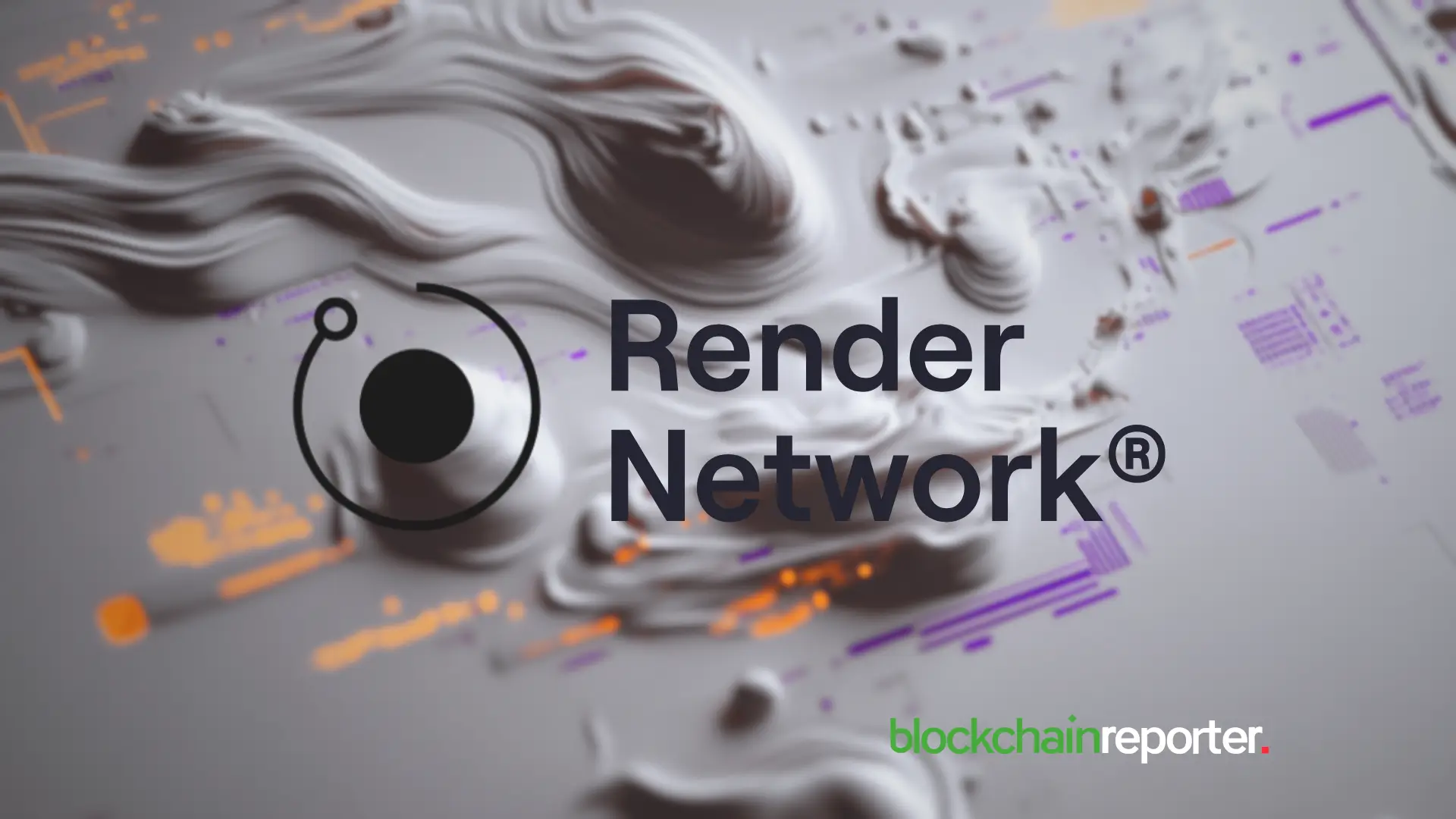
Render Network: After transitioning from Ethereum, Render Network leverages Solana’s speed to provide decentralized GPU computing for AI and media rendering, processing millions of image frames monthly.
-
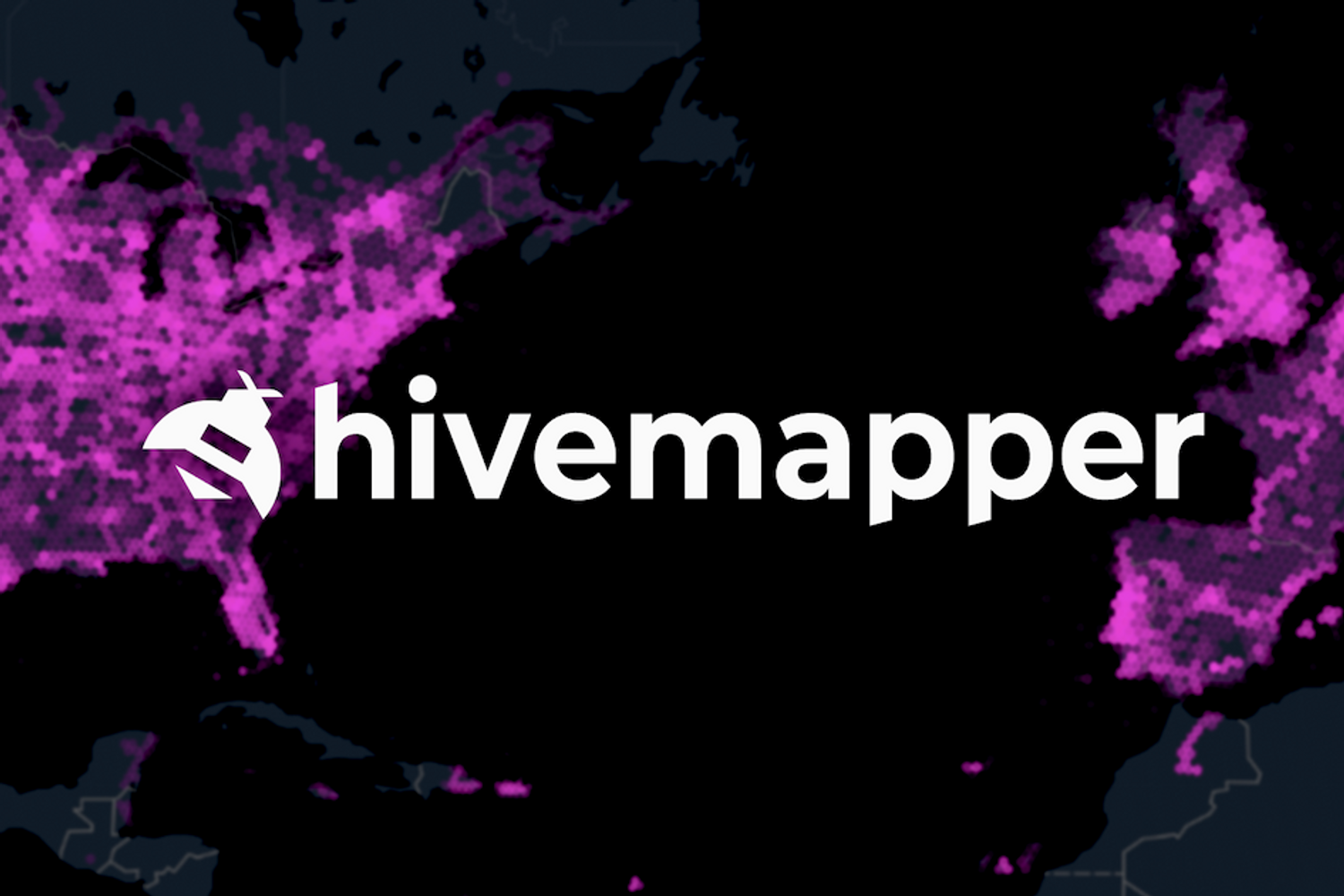
Hivemapper: Hivemapper crowdsources dashcam footage to build a decentralized, up-to-date global map, directly challenging traditional mapping giants with user-contributed data.
-
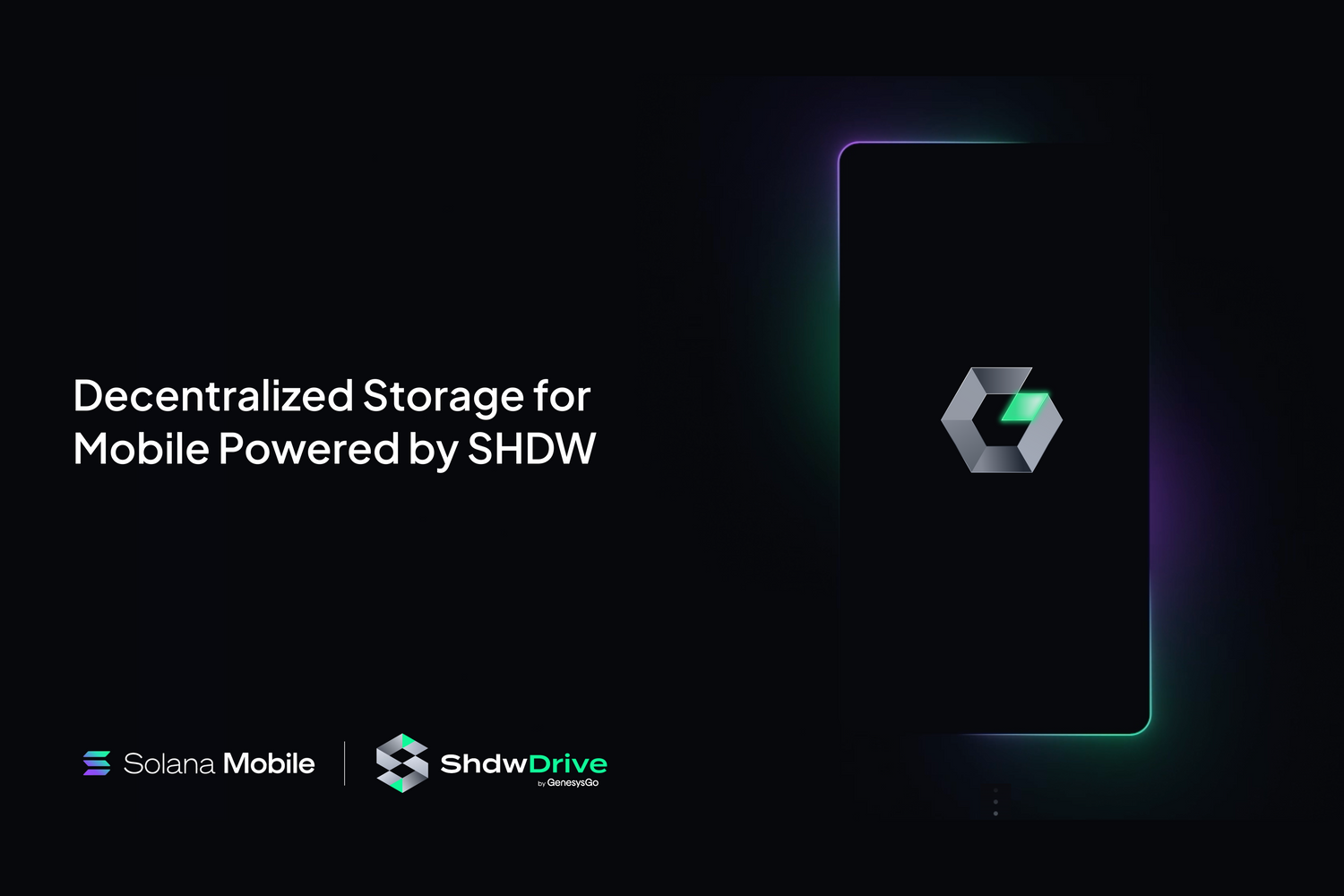
GenesysGo SHDWDrive: SHDWDrive by GenesysGo delivers decentralized cloud storage on Solana, enabling secure, censorship-resistant data storage for users and dApps.
-

Dabba Network: Focused on India, Dabba Network is expanding affordable broadband access through decentralized infrastructure, aiming to bridge the connectivity gap in underserved regions.
Together these pioneers demonstrate how Solana blockchain infrastructure enables diverse applications, from IoT connectivity to edge computing, while reinforcing network effects that attract further development activity.
The Road Ahead: Analyst Predictions and Investor Sentiment
Solana (SOL) Price Prediction 2026-2031
Based on Solana’s 2025 DePIN leadership and evolving market dynamics
| Year | Minimum Price (Bearish Scenario) | Average Price (Base Case) | Maximum Price (Bullish Scenario) | YoY % Change (Avg Price) | Market Scenario Insights |
|---|---|---|---|---|---|
| 2026 | $180.00 | $270.00 | $390.00 | +12.2% | Continued DePIN growth, moderate global adoption, potential market correction after 2025 highs |
| 2027 | $220.00 | $340.00 | $520.00 | +25.9% | DePIN ecosystem matures, more enterprises onboard, regulatory clarity improves |
| 2028 | $270.00 | $410.00 | $690.00 | +20.6% | Scaling solutions unlock new use cases, global blockchain adoption accelerates |
| 2029 | $350.00 | $500.00 | $890.00 | +22.0% | SOL benefits from DePIN dominance, competition from other high-throughput chains increases |
| 2030 | $410.00 | $570.00 | $1,100.00 | +14.0% | Macro bull cycle, major real-world integrations, potential for ETF or institutional products |
| 2031 | $380.00 | $650.00 | $1,350.00 | +14.0% | Market maturation, regulatory environment stabilizes, DePIN and AI convergence drives growth |
Price Prediction Summary
Solana (SOL) is forecasted to maintain a strong growth trajectory through 2031, building on its 2025 leadership in DePIN. The base case predicts steady average price appreciation, with potential for significant upside if DePIN adoption accelerates and macro crypto trends remain positive. However, volatility and corrections are likely, especially in bearish global or regulatory scenarios.
Key Factors Affecting Solana Price
- Sustained leadership in DePIN and real-world infrastructure tokenization
- Continued expansion of Solana’s developer and user base
- Success of flagship DePIN projects like Helium, Render, and Hivemapper
- Potential for increased enterprise and institutional adoption
- Regulatory clarity and global acceptance of blockchain infrastructure
- Competition from other high-speed, low-fee blockchains (e.g., Ethereum scaling, new entrants)
- Macro crypto market cycles and investor sentiment
- Technological innovations (e.g., on-chain AI, scalability improvements)
Disclaimer: Cryptocurrency price predictions are speculative and based on current market analysis.
Actual prices may vary significantly due to market volatility, regulatory changes, and other factors.
Always do your own research before making investment decisions.
The sustained traction of DePIN projects continues to bolster sentiment around SOL as both an asset and a technology platform. With Total Value Locked (TVL) across all protocols standing at $9.621 billion according to Phemex data, and nearly 238,000 active on-chain contributors, the outlook remains bullish as we approach Q4 2025.
Market analysts note that Solana’s combination of scalability and real-world utility has created a feedback loop: as more DePIN projects launch and mature, network effects intensify, drawing in additional users, developers, and capital. The ecosystem’s ability to support everything from decentralized broadband (Dabba Network) to high-performance GPU rendering (Render Network) is not only diversifying use cases but also reducing reliance on traditional, centralized infrastructure providers.
The convergence of on-chain AI agents with physical infrastructure is another trend setting Solana apart in 2025. Projects are increasingly leveraging smart contracts and AI-powered oracles to automate data validation, optimize resource allocation, and enhance the security of physical networks. This fusion is enabling entirely new business models, such as micro-incentivized mapping (Hivemapper) or dynamic wireless pricing (Helium): that would be impractical or impossible on legacy blockchains.

Challenges Remain: Scaling Sustainably Amid Explosive Growth
Despite these successes, challenges persist. As DePIN adoption accelerates, maintaining network stability and low latency at scale becomes increasingly complex. The influx of new users and devices tests the limits of Solana’s consensus mechanisms and node infrastructure. However, ongoing upgrades, such as improvements to the validator client and enhanced parallelization, are helping to address congestion risks before they become systemic bottlenecks.
Regulatory clarity remains another wildcard for global DePIN expansion. While decentralized models offer resilience against censorship and single points of failure, they also raise new compliance questions around data privacy, spectrum allocation (for wireless), and cross-border operations. Most Solana-based teams are proactively engaging with policymakers to ensure that innovation can proceed without undue friction.
Why Solana Became the Default Chain for DePIN
The verdict from both market data and developer sentiment is clear: Solana’s technical architecture gives it a decisive edge for DePIN applications. Its high throughput enables seamless real-time interactions between millions of devices; its negligible fees make microtransactions viable at scale; its open-source ethos attracts relentless experimentation.
This unique blend has allowed Solana to capture a disproportionate share of the largest DePIN FDV (fully diluted value), with leading projects consistently ranking among the top revenue generators in Web3. As highlighted by Messari’s 2025 review, contributor activity on Solana outpaces rivals by a wide margin, a sign that talent continues to flow where opportunity is greatest.
What Comes Next?
The next phase for DePIN projects on Solana will likely see deeper integration between digital assets and real-world infrastructure, think tokenized incentives for energy grids or AI-driven marketplaces for edge computing resources. With SOL holding firm at $240.56, investor confidence remains strong even amid broader market volatility.
Emerging Sectors in Solana’s DePIN Ecosystem (2025)
-

Decentralized Wireless Networks: Projects like Helium have leveraged Solana’s scalability to deploy nearly one million hotspots worldwide, powering IoT and 5G connectivity across 192 countries.
-
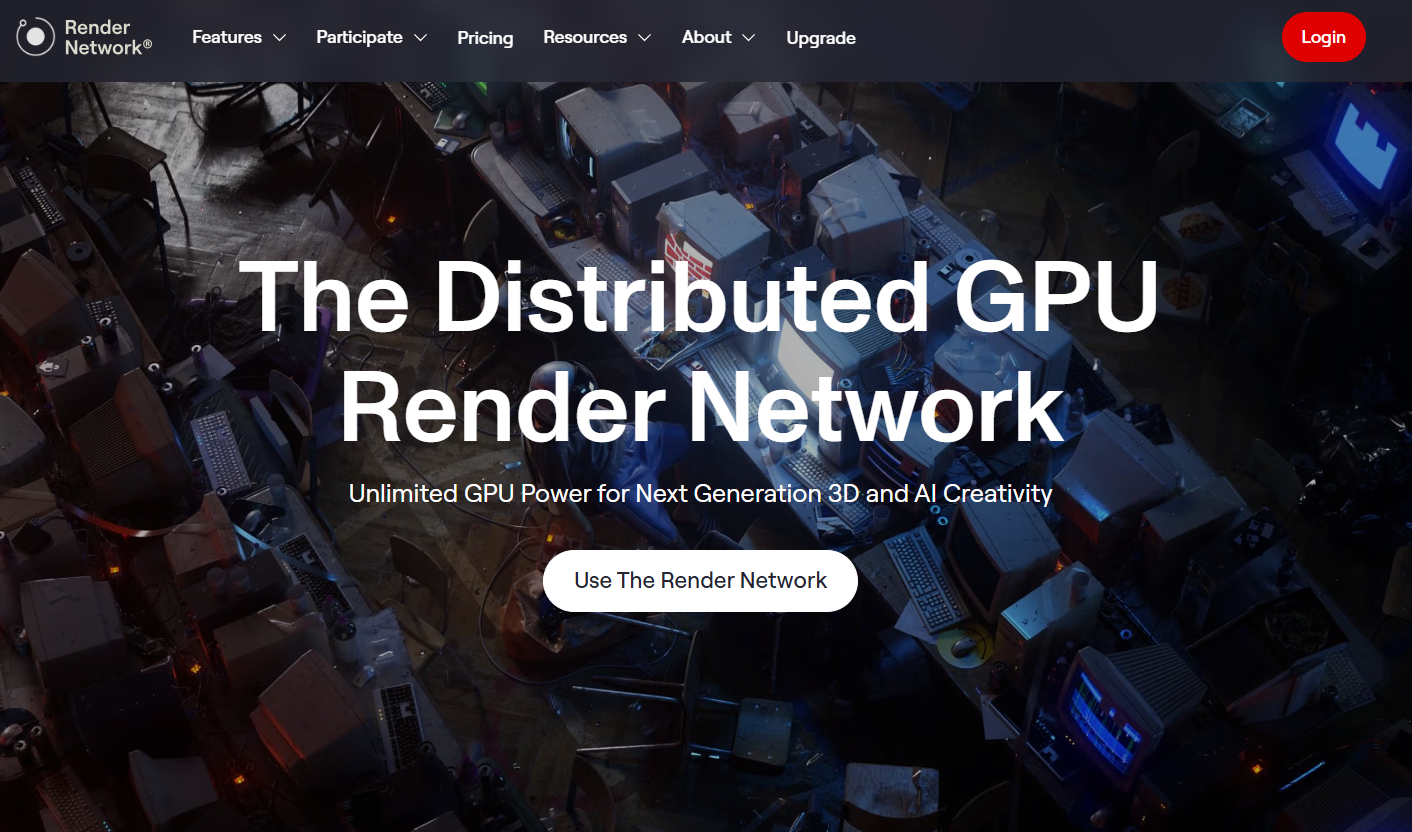
Decentralized GPU Computing: Render Network migrated to Solana, enabling high-throughput, decentralized GPU rendering for AI and media applications.
-

Decentralized Mapping & Geolocation: Hivemapper uses user-contributed dashcam data on Solana to build dynamic, global digital maps, challenging traditional mapping services.
-
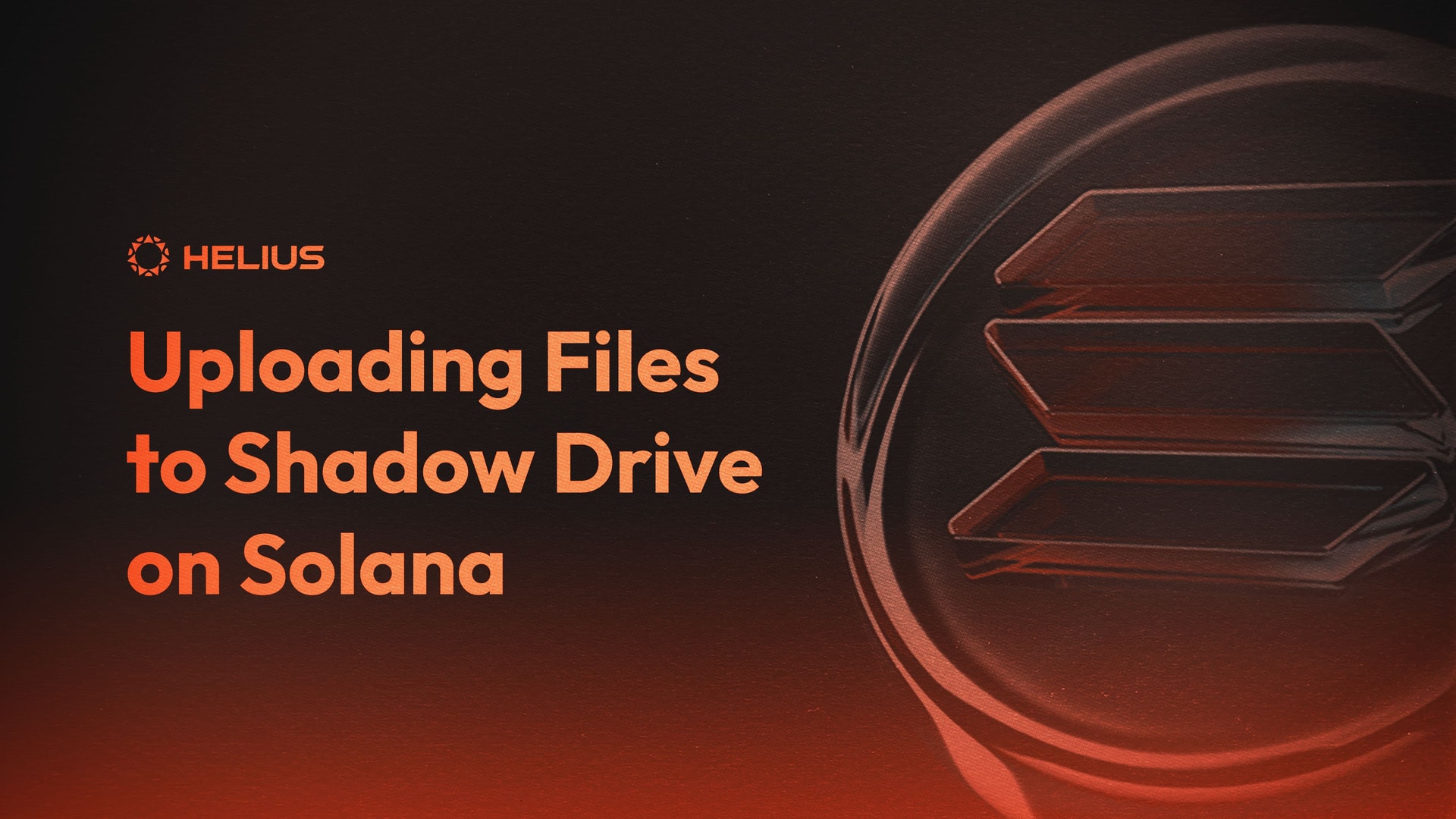
Decentralized Cloud Storage: GenesysGo SHDWDrive offers scalable, decentralized storage solutions, supporting Solana’s growing data infrastructure needs.
-
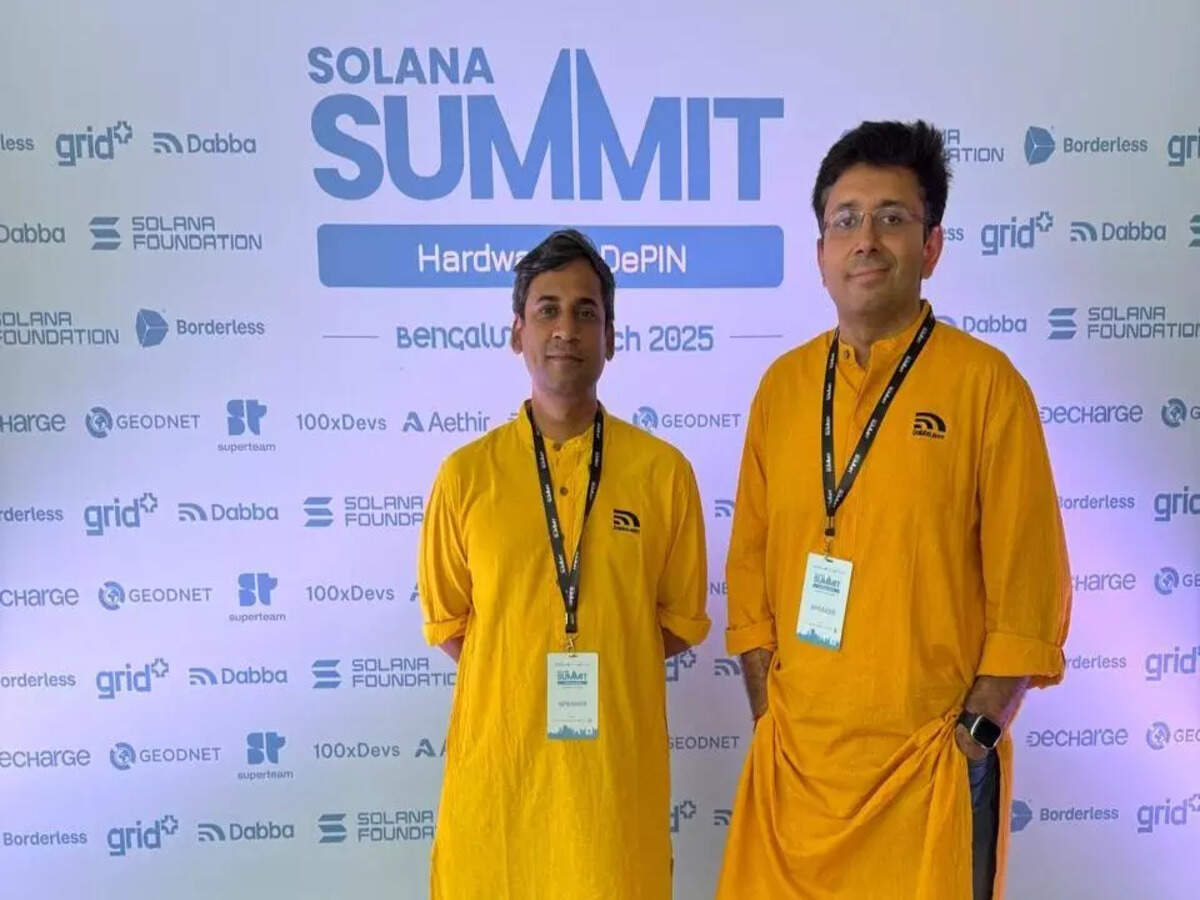
Decentralized Broadband Infrastructure: Dabba Network is expanding broadband access in India through decentralized infrastructure, improving digital connectivity in underserved regions.
If current trends hold through Q4 2025, expect further records in both Solana on-chain revenue and total value locked across DePIN protocols, solidifying Solana’s reputation as the go-to blockchain infrastructure for decentralized physical networks worldwide.






